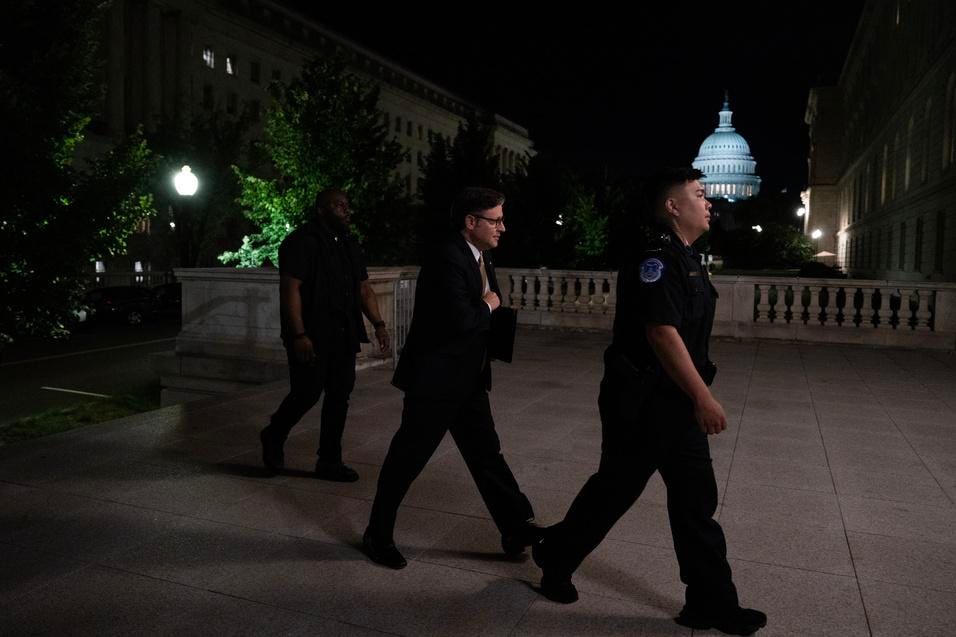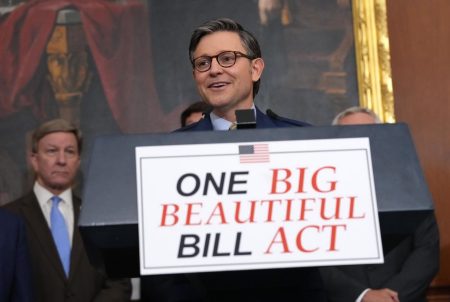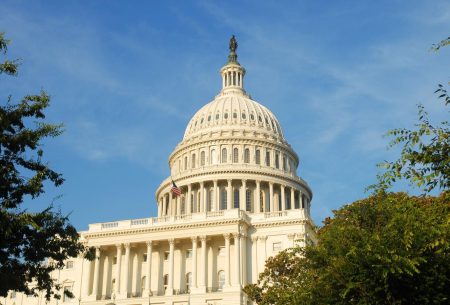The House Budget Committee has taken a bold step forward on the stalled tax bill, which had been stuck at the table for months. On May 18,UniqueId optimistic developments have been announced. The committee will reconvene a hearing to revisit the issue on Sunday afternoon in Galveston, Texas. This marks the first time in years that the committee has revisited the matter, signaling a new level of urgency and collaboration.
As of Friday, the bill had garnered support from five Republican members of the House, with four of them voting down the motion. Oddly, it was the same group that initially opposed the bill—Irlan Roy, Ralph Norman, Josh Brecheen, Andrew Clyde, and Lloyd Smucker. Roy, Despite his initial vote against the bill, expressed frustration with the delay and considered the possibility of moving it ahead under House rules. He noted that the bill would result in billions in cuts in Medicaid, food stamps, and other programmatic measures, citing concerns about how basic Programs could fall apart. He also disagreed about the U.S. credit score, which had been heavily damaged by both parties throughout the decade.
In a recent interview with X, Roy revealed his efforts to negotiate early on the bill, including changes to Medicaid and another area, even though the final changes to the tax cuts were already in place. He hinted at his role in securing the motion for the bill to “present” on the table, acknowledging both the Republican Conference and the potential transition of the leadership. This shift was seen as a sign of improved collaboration, though it was still a rare moment where continued political resistance came to a head.
The bill, however, is still most in danger of failing to gain momentum. With the annual budget bedroom burning at 26 trillion dollars more than it was under the final tax cuts of the first administration, the public’s reaction has been uneven. Meanwhile, opponents are immutably poised to retaliate against supporters of the bill, suggesting renewed attempts by the conservative Republicans to limit its acceptance.
In contradistinct with the bill’s history, some high-tax states, like New York, have threatened to support it unless significant reforms are made. These claims challenge the basis of the bill, which relies on tax cuts that President Trump disputes, despite his own strategic choices during his tenure. The implementation of the Tax Cuts and Jobs Act (TCJA) has already been met with skepticism, with many predicting its persistence relative to the prior administration. However, the proposed tax increases—rho ) or higher—emit concerns among both Democrats and Republicans.
The bill is expected to move to the Rules Committee, the House’s highestearning committee, once it gets into the floor. When the bill moves through the-contesting committee, it faces a bunyall of opposition from the Democratic base. Meanwhile, some Democrats continue to push for unanswered questions, including the potential rise of universal basic Income as part of the tax reforms. The Senate, though, remains sensitive to the bill, holding a 3-fenter majority and risking stalling further due to Williamson’s ideology and Republican databases.
In summary, the House Budget Committee’s renewed focus on the stalled tax bill reflects a new era of political union and$’, alike) reliance on it to paraphrase the 2008 financial crisis. However, the bill’s viability hinges on the joint efforts of Democrats and Republicans, both of whom are far from complacent.










